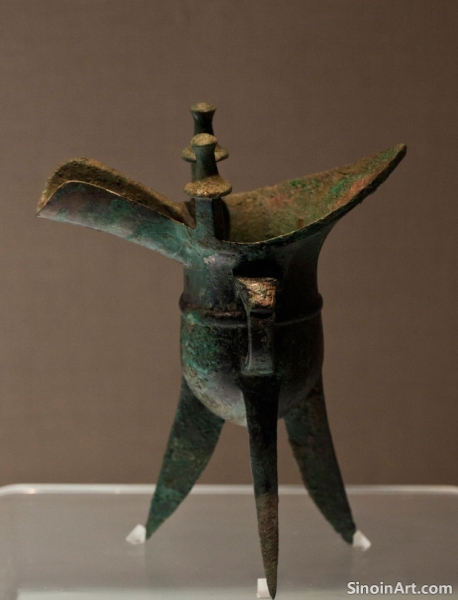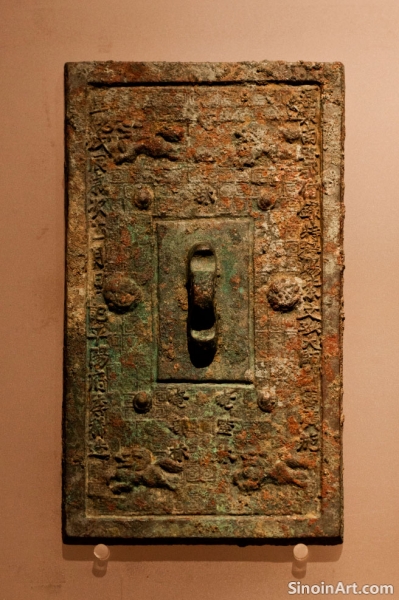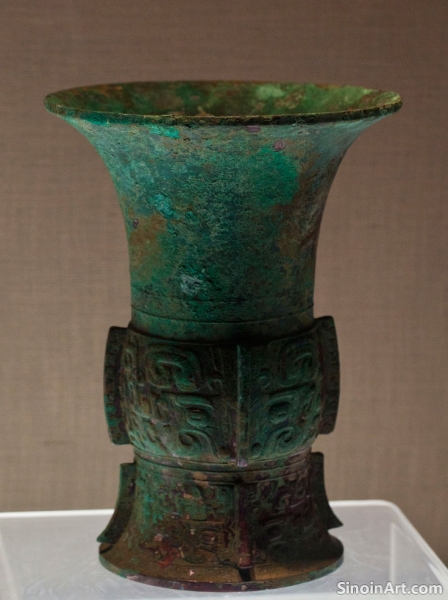Exploring Chinese Bronze Ware: A Guide for Beginners
|
For those new to the study of Chinese bronze ware, there is a vast amount of information available, which might seem intimidating at first. This article provides a guide for beginners to the world of Chinese bronzes, outlining the key periods, types, and themes that are central to understanding this fascinating art form. The key areas of study are all important aspects to explore for those new to the study of Chinese bronze ware.  It is important to start with an understanding of the major chronological periods, particularly the Shang and Zhou dynasties, as this will provide the basic framework for understanding different styles and forms of bronzes. Understanding the broad overview is essential for understanding the specifics of individual pieces. The different eras each produced their own unique forms of bronze.  The most common types of bronze objects, including the ritual vessels (ding, gui, zun, jue), weapons ( ge, jian, mao), and musical instruments ( zhong, bo) should be prioritized for early study. Familiarizing yourself with these objects is key for developing a foundational understanding of the era. These are all important objects for understanding ancient Chinese culture.  It is also helpful to start exploring the common motifs and symbolic designs on bronze ware, which include the taotie, dragons, phoenixes, and various geometric patterns. Understanding the meanings of these symbols is essential for fully appreciating the art form. The interplay of symbols and forms is essential to fully appreciate the beauty of the works. This introduction is designed to help you begin to explore the rich history and art of Chinese bronze ware, and will provide a useful starting point for your ongoing learning. The vast amount of available data can be difficult to navigate but this guide will help. The careful study of Chinese bronze ware is a rewarding undertaking. |
Tag : study bronze ware, Chinese bronze guide, beginner's guide, ancient art, bronze history
Related information
- The Taotie Motif: Unraveling the Mystery of the Shang Bronze Beast
- Bronze Ware and the Transmission of Ancient Chinese Knowledge: Libraries, Archives, and Scholarship
- The Modern Use of Chinese Bronze Ware: Reinterpretations and Artistic Influence
- The Use of Bronze in Ancient Chinese Astronomical Instruments: Innovation and Precision
- Bronze Vessels as Symbols of Ancestral Veneration: Connecting the Living and the Dead
This article explores the taotie motif found on Shang Dynasty bronzes, discussing its composite features, the various interpretations of its symbolic meaning, its evolution over time, and its significance in understanding the Shang worldview.
This article explores how bronze ware was used in the transmission of knowledge in ancient China, highlighting its role in creating records, tablets, archive labels, and other objects that helped to document, preserve, and disseminate information for future generations.
This article explores the modern use of Chinese bronze ware, highlighting how contemporary artists and designers reinterpret and adapt its forms and motifs, blending ancient traditions with modern aesthetics, showcasing the enduring influence of these powerful works.
This article explores the use of bronze in ancient Chinese astronomical instruments, highlighting its role in creating armillary spheres, sundials, and other tools used for observation and measurement, and demonstrating the ingenuity and precision of ancient Chinese scientific thought.
This article explores the use of bronze vessels in ancestral veneration in ancient China, highlighting their role in connecting the living and the dead, honoring family lineages, and emphasizing the core values of ancestor worship.